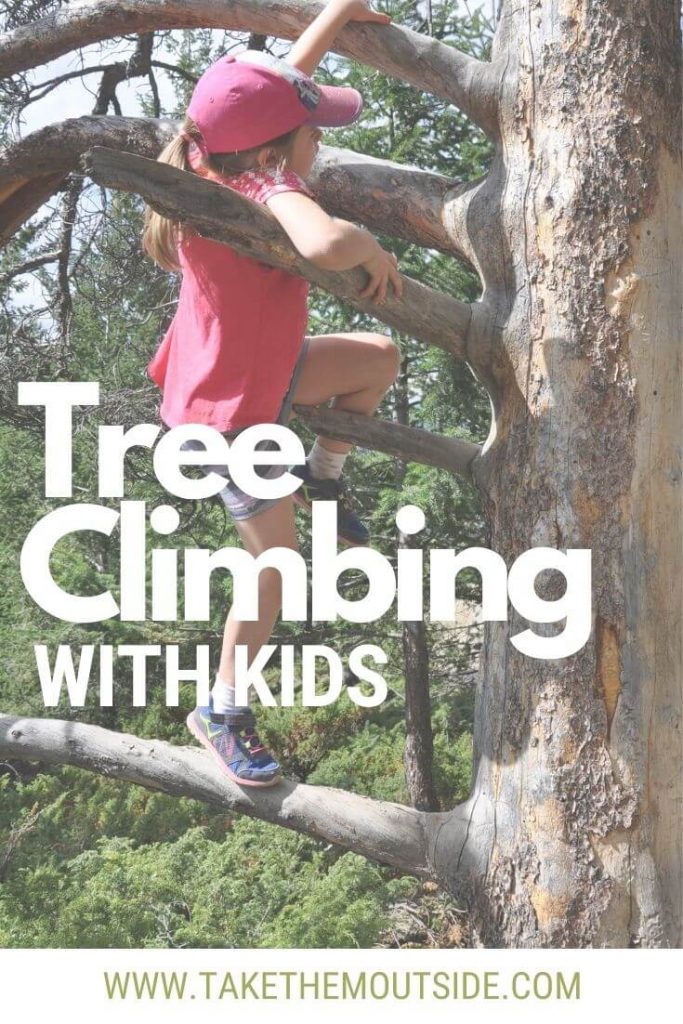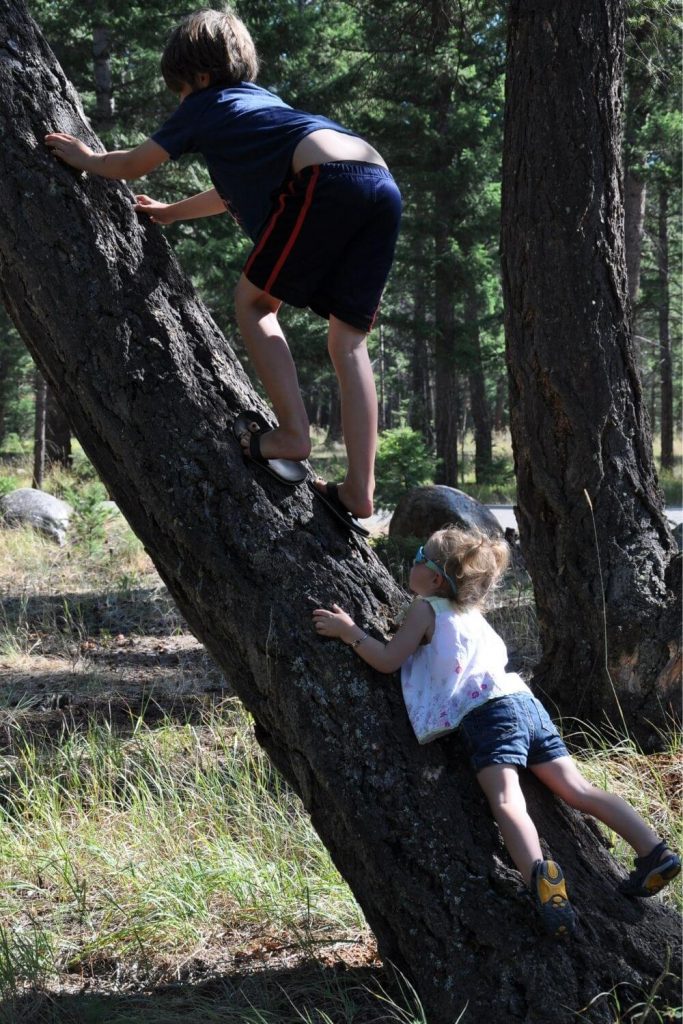If the pandemic has taught us anything, it’s that life is unpredictable. Time, relationships, nature, freedom, and family are some of the most valuable assets in our lives.
One experience that combines all these elements is spending time with children outdoors. For instance, you can plan an exciting tree climbing expedition!
Tree climbing comes with multiple benefits – quality time spent with kids, it also creates a space for them to commune with nature. Climbing trees is a physical challenge that increase their self-confidence and ability to judge risks. Plus, it develops their fitness and strength… and it’s just fun!
Below are some tips for planning an amazing tree climbing with kids adventure while also ensuring safety.

Tips for tree climbing with kids
1. Prioritize safety
This is a key ingredient when creating a wonderful memory with your child. Choose a tree that is sturdy and firmly planted on the ground. Check that the branches are strong and can carry your weight and the weight of your child.
Hardwood, maple, and oaks tend to be good options. Avoid trees with weak branches and those with thorns.
Other aspects to consider include whether the location is safe from the presence of wild animals and other safety hazards such as beehives and poison ivy.
2. Mentally prep children for the experience
No matter how much you plan and prioritize, some experiences come with the territory. For instance, your child may encounter bugs or a tiny animal such as a squirrel during the climb. This can make the experience more interesting, but it’s a good idea for them to be mentally prepared for these unexpected encounters.
3. Pay attention to footwear
This is important as you want shoes that ensure a firm grip during the climbing process. Some examples of ideal footwear include boots and trainers. It is best to avoid sandals and flip-flops as they might just fall off and increase the likelihood of kids slipping.
4. Climb on a dry, bright day
It might seem obvious, but what starts as a sunny day can turns dark and rainy. Check the weather forecast before heading out. It’s best to avoid days even when a light shower is predicted, especially if your child is climbing a tree for the first time.
5. Make sure you have the right gear
These days you can get some great tree climbing gear that can help kids enjoy the experience a whole lot more. For instance, hammocks are a fun element to add to the trip, where you can attach a hammock and have a rest after the climbing and playing.
6. Build some technique
There are some pretty simple rules to make the overall tree climbing experience safer and more fulfilling.
For instance, starting with the lowest hanging branch will give your child more confidence. As they hoist themselves on the first one, they need to identify the next sturdy branch. Judgment is everything.
With experience, they will also identify with ease if a branch can take their weight.
They must avoid dead-looking, rotting branches at all costs.
7. Stick to the rule of three
At any given time, two hands and one foot, or two feet and one hand must be in contact with the tree. This is the best way to ensure that your child will not lose balance and stay focused. It’s also ideal to stay closer to the trunk and not wander too far from the center.
8. Slow and steady wins
Sometimes the enthusiasm of the whole experience will make kids want to go really fast. But this may also lead to a loss of balance. It’s best to climb slowly and cautiously.
Use your legs to hoist yourself onto a new branch, and use your arms to keep balance.

9. Avoid devices
Children tend to spend more time on their mobile devices than outdoors. The last thing you want is your child checking a mobile device as they climb. Texting, calling, and watching videos while climbing is a no-no, even when you set up a hammock and lie in it.
Staying away from devices will create a genuinely organic tree-climbing experience.
10. Enjoy the bird nests
One of the unique experiences that come with tree climbing is a chance to see bird nests up and close.
Your child may see baby birds and get excited, but it’s a good idea to explain the protocol. They can enjoy the sight of the bird nests but maintain a safe distance from them.
11. Don’t go too high
Again, this might seem like an obvious one, but sometimes if the experience is going well, your child may want to go all the way up. However, the higher they climb, the more energy they will need to climb down too.
They may also get thirsty or hungry if they stay up too long. Stamina takes time to build.
12. Follow the same route back
Since you’ve already identified sturdy branches on the way up, the same route can be followed on the way down. Climb down slowly and strategically; avoid rushing it.
Be patient with your child as they navigate their descent.
This is also a great way to bond with your child through a unique, intimate experience.
To Wrap Up
Climbing trees both challenges children and brings them closer to nature. It helps them build resilience, stay fit, and be more connected to themselves and the world outside. Nurturing these experiences early on can help inculcate a lifelong love for embracing challenges, having gratitude, and imbibing a love for the great outdoors. It also builds lasting memories that will stay with them for life.
Written By Mark Yeater
Mark loves to collaborate with arborists and has written various articles around nature, tree climbing, eco-friendly environment, and much more. In his free time, you can see him conducting seminars to educate people on the advanced techniques and safety measures for tree climbing. Mark’s fondness for trees since childhood makes him a true Dendrophile.



 <
<